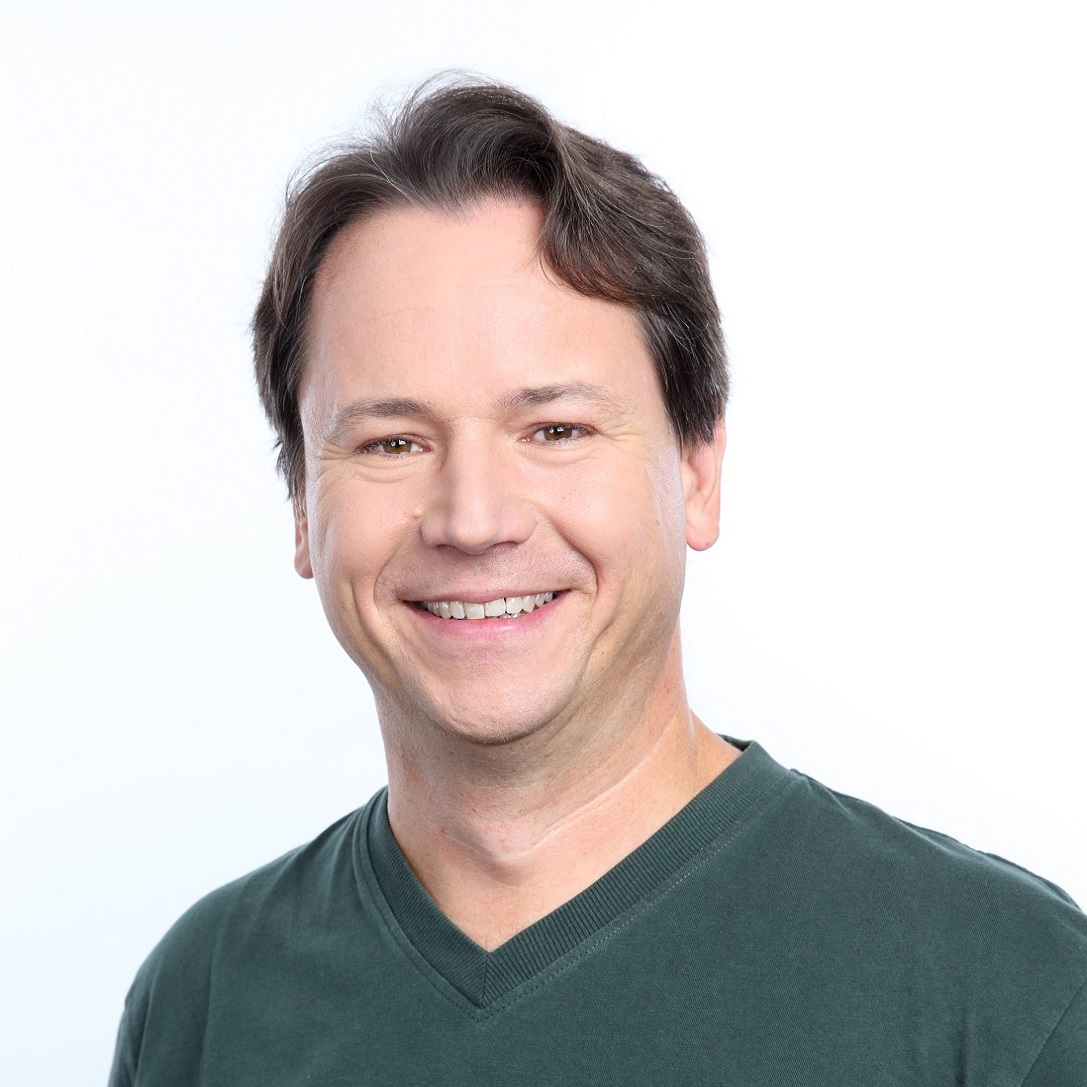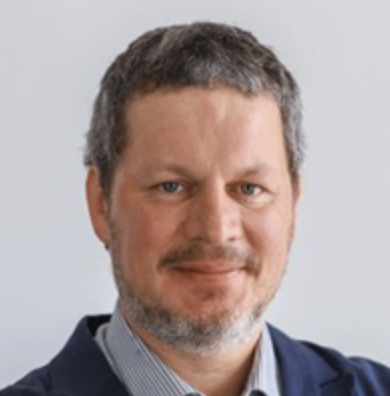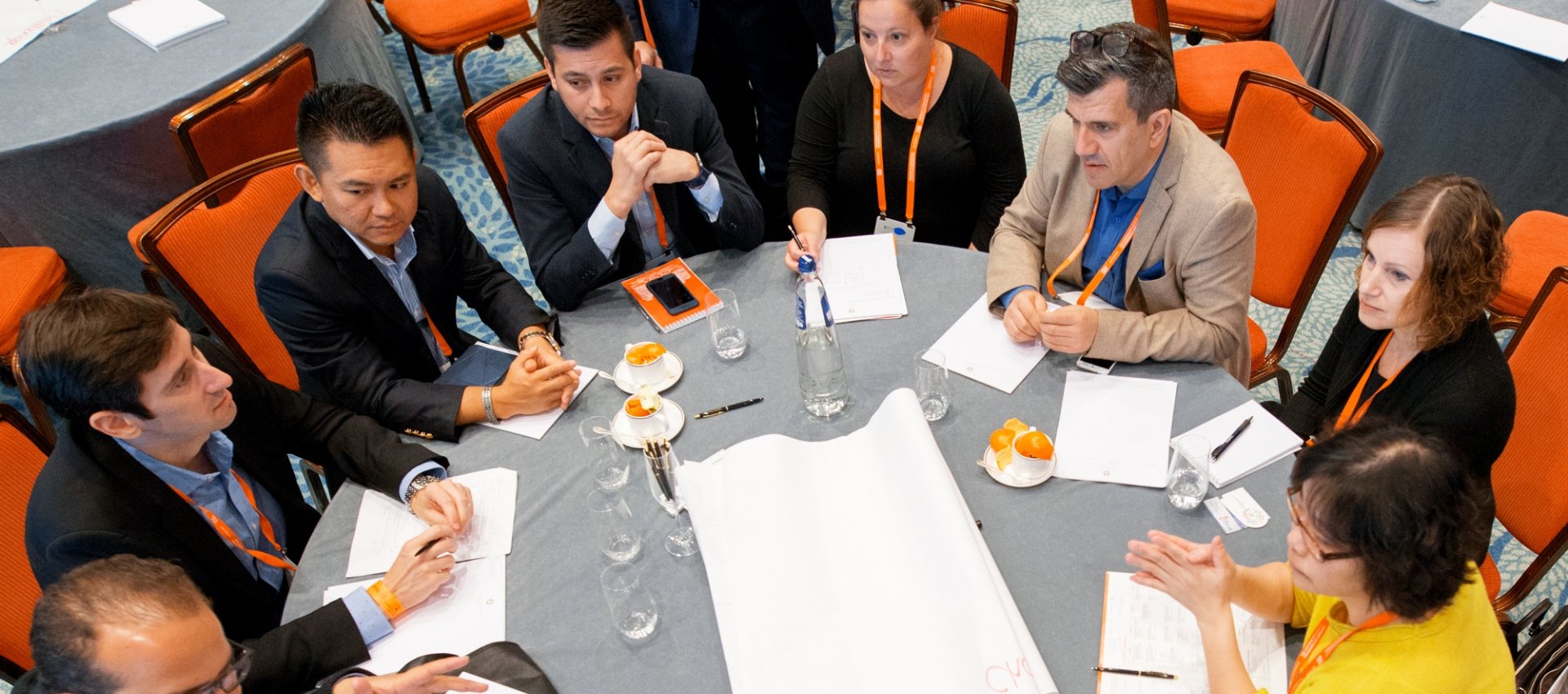- Home
- Events
- Event Calendar
- Turning Linguistic Assets into Knowledge for GenAI Applications
Turning Linguistic Assets into Knowledge for GenAI Applications
Companies struggle with getting GenAI into production. And well-structured, semantically enriched data can significantly improve the reliability and control of content creation and also prepare content for AI.
This is good news for the localization industry, because our linguistic assets like terminologies play a vital role in that! On the one hand, terminology can directly provide guard rails for AI-based content generation and translation and make content more reliable by means of Terminology Augmented Generation (TAG). On the other hand, terminology can feed data into taxonomies and knowledge graphs, which in turn can enhance content delivery, search and retrieval, or even make recommendations on contents by means of Graph Retrieval Augmented Generation (GraphRAG).
This webinar digs deep into the underlying use cases and technologies and tries to establish the difference but also the immense synergies between terminologies, taxonomies and knowledge graphs. We will show a lot of live uses cases:
• What can you do with terminology for linguistic use cases in GenAI. We will show some live examples of Terminology Augmented Translation for terminology checking, translation but also text generation. And we will show why the TAG approach is more precise than the often-used RAG approach.
• Terminology alone can also already help for question answering, at a similar level as RAG. There are limits to that, though. But even so, we will show that terminology is a great basis to build a taxonomy or knowledge graph and integrating the two makes sense.
• With knowledge graphs, you can get much higher accuracy for question answering, for example with chatbots. But of course you can take knowledge graphs much further for use cases like auto-classification, recommender systems etc.
• The bottom line is: It depends strongly on the use case whether you want to use pure terminology or go deep into knowledge graphs. In either case it makes sense to combine the two to save time and reduce redundancies.
Audience
- Localization managers
- Terminologists
- AI specialists
Host organization: Kaleidoscope GmbH
Event Speakers

Klaus Fleischmann
Kaleidoscope GmbH
Klaus studied translation, conference interpretation and technical communication in Austria and California. In 1996, he founded Kaleidoscope, a language technology company, and is also CEO of Eurocom Translation Services, a translation company. Klaus served on the GALA Board of Directors for 4 year and is currently on the board of Termnet and ELIA. He also speaks regularly at conferences, universities and events about such exciting topics like terminology, the global process management or linguistic quality management. In is private life, Klaus is an outdoor enthusiast and prefers to hike or climb a rainy mountain to relaxing on a sunny beach. If there is time left, Klaus likes to play the electric guitar or Saxophone.

Helmut Nagy
Helmut Nagy holds a Master's degree in Journalism and Communication Studies from the University of Vienna. Helmut has been working in the field of knowledge management for about 25 years, and since joining Graphwise (formerly SWC) in 2010, he has worked as a senior consultant on several projects introducing knowledge graphs in industry and public administration.
Currently, Helmut Nagy is VP Sales Enablement at Graphwise, responsible for managing the Graphwise product portfolio and knowledge management activities to enable successful growth and customer journeys.


